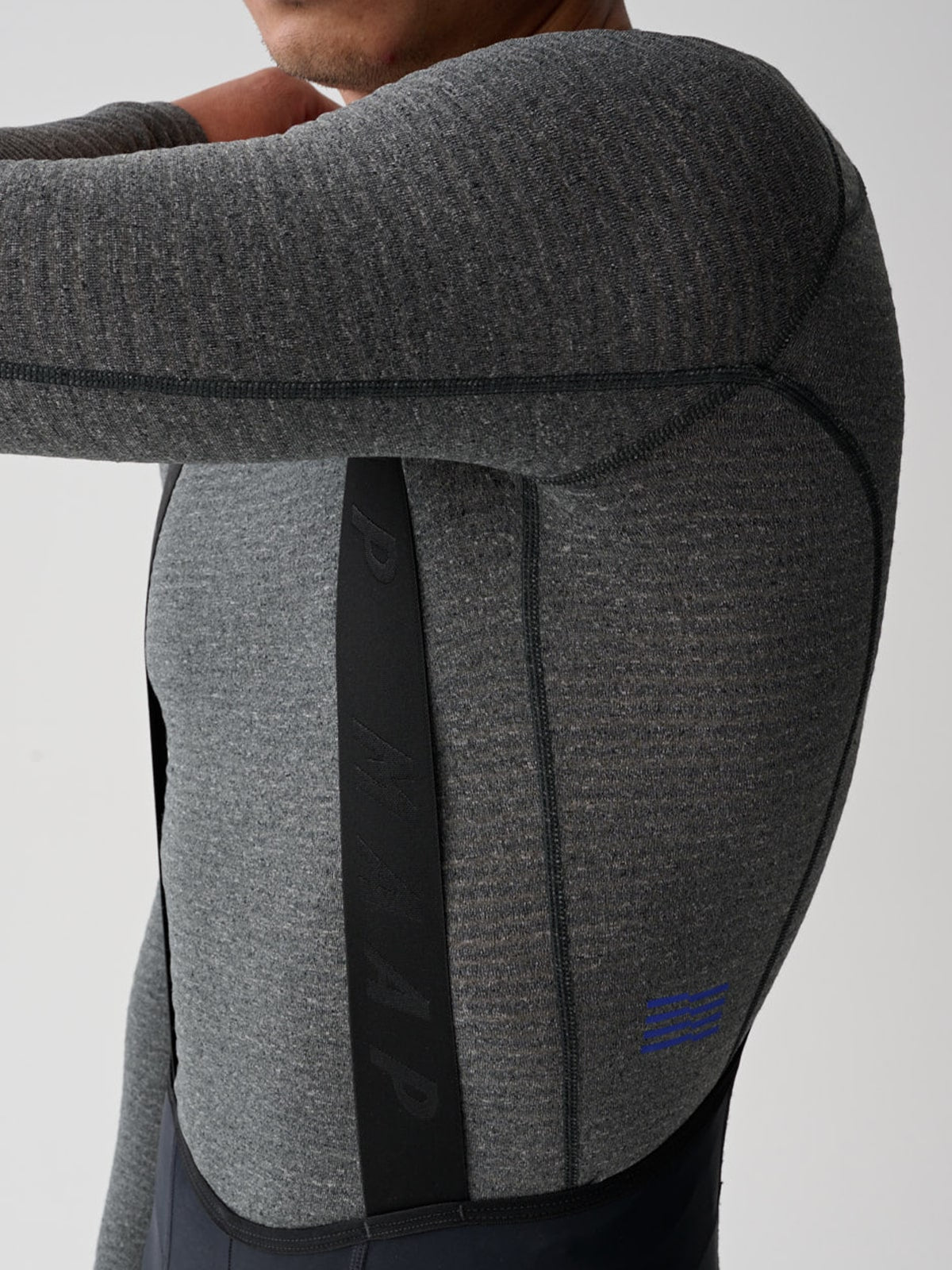Cycling is a very sensitive activity, and it starts with the bike you use and ends with the state of the ground you are cycling on. However, one element that often escapes attention has a considerable influence on your comfort, effectiveness, and overall cycling experience your cycling kit fitting. However, the type of cycling determines whether a cyclist will wear a loose-fitting cycling jersey or a tight-fitting one, regardless of the preferences of each cyclist.
Every cycling apparel company has its own language, including the famous La Byci. They use the term ‘relaxed fit’ to refer to a loose cycling jersey that feels almost like a second skin, while ‘fit’ refers to a tight cycling jersey made to minimize drag and improve performance. Loose-fitting and tight-fitting cycling jerseys depend on the freedom of movement and aerodynamics; this is important.
How Should a Cycling Jersey Fit
A cycling jersey should be comfortable but also as aerodynamically efficient as possible. It must be tight enough to reduce wind resistance but not too tight to hinder the wearer’s movements or breathing.
This means that a closer fit is more desirable to reduce the drag. This was meant to be achieved by making sure that the jersey did not have any loose fabric that could flap around during the game. A slightly looser fit may again be more suitable for the more erect form of movement and the greater freedom of movement.
Loose-fitting garments that allow airflow and easy movement are the best since they will keep the user comfortable while dancing. Some of the characteristics that can be expected include a longer back to provide cover when bent over the handlebars, sleeves that go up to the mid-bicep, and a front zipper for ventilation.
How Tight Should a Cycling Jersey Fit
A cycling jersey should be tight enough to stay in place without bunching up but not so tight that it causes discomfort.
Here’s a checklist to gauge the correct tightness:
- Chest and Shoulders: The fabric should lie flat against your skin without restricting your chest and shoulder movement.
- Waist: The hem should stay in place without riding up. Some jerseys have silicone grippers at the waist for this purpose.
- Arms: The sleeves should be snug but not too tight. They shouldn’t pinch or restrict blood flow.
- Torso: The jersey should contour to your body shape but still allow for free movement and breathing.
When trying on a jersey, assume you're riding position to ensure it’s comfortable and stays in place.
What is the Green Jersey in cycling?
The green jersey, also known as the “maillot vert” is given to the points classification winner in the Tour de France race. They are earned based on the overall finish positions and the positions in the intermediate sprint and other sub-stages of a stage. This jersey is usually worn by the best sprinters in the race since it is useful when it comes to the fast final and intermediate sprints. Some notable winners are Peter Sagan and Erik Zabel who have been ranked high in the world rankings due to their consistency in sprints. The green jersey gives an extra flair to the Tour, offering a glimpse of the strategic tussle that takes place among the sprinters in the various stages of the race.
Please note: To know what size to order, you must get your measurements right. The aim is to make a fitting garment. So, please do not be obsessed with what size is written on the collar from the inside. To determine your perfect fit, make sure to check out our size charts and our La Byci selection guide.

